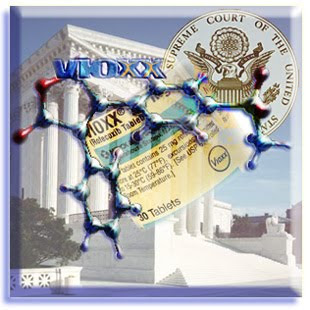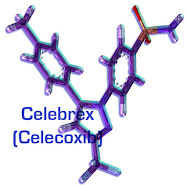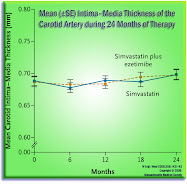That is, traditional pharmaceutical approaches. This evening, we highlight one of the most promising: a compound that seems to pretty effectively prevent the virus's "jail-break", from a given infected cell. Ebola uses our own cells as its factory, to make copies of itself. The new small molecule approach apparently works by imposing a chemical "lock-down" right at the cellular wall. Clever. Very clever. These are "early days" in basic research, to be sure -- but a nicely encouraging development (and one that might ultimately be shown to well-apply to other viral attackers -- including Zika).
Here is the write up on the research in a pharma processing trade journal -- and, if you are keenly interested, I've also linked the original research paper, in the article snippet, below:
. . . .Scientists may have found Ebola's Achilles' heel: a new kind of chemical compound can block the protein Ebola uses to break out of cells and infect new cells. The compounds, revealed in a new paper in Bioorganic & Medicinal Chemistry Letters, could potentially be used to treat the disease after infection. . . .
Viruses replicate by hijacking the machinery in the cells of their host -- in the case of Ebola, human cells -- and co-opting the cells to help produce more viruses. Once production is complete, particular virus proteins promote release of viruses from the cell surface, which can go on to infect more cells.
The new compounds target an interaction between the virus and the host cell, inhibiting new Ebola viruses from escaping cells once they have been assembled. The team's results show that the compounds block this interaction without being toxic to the [mammalian line] cells. . . .
| Now that is promising news. Of course, showing it works in mammalian line cells is not the same as showing it works safely inside a living breathing human being. So we may be several years from an actual treatment for acute Ebola. This is of course -- as ever -- how pharmaceutical science progresses: in incremental steps. Like relationships; like life itself. Smile. Now you know -- with tunes for the train home. |
नमस्ते

















No comments:
Post a Comment